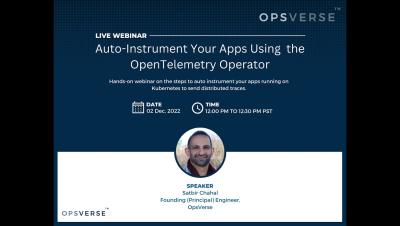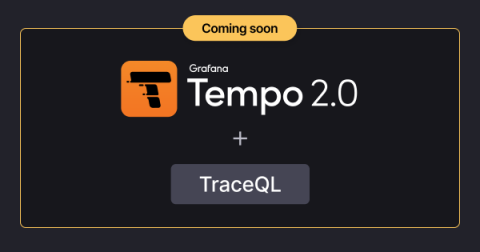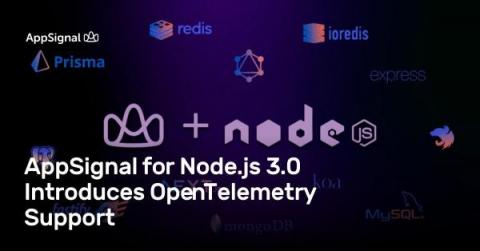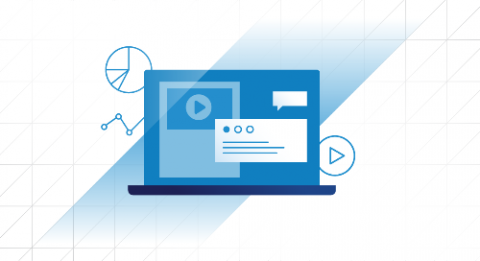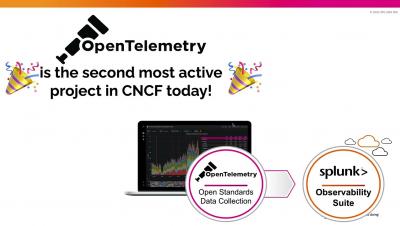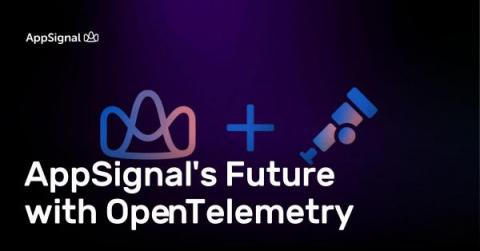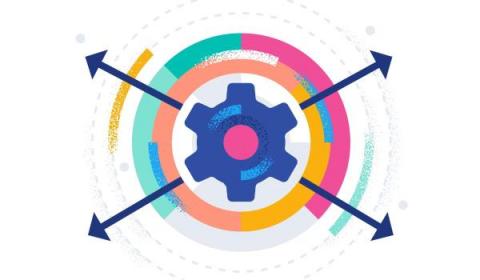Operations | Monitoring | ITSM | DevOps | Cloud
Tracing
The latest News and Information on Distributed Tracing and related technologies.
A Simplified Guide to OpenTelemetry
TraceQL: a first-of-its-kind query language to accelerate trace analysis in Tempo 2.0
The much-anticipated release of Grafana Tempo 2.0, which we previewed at ObservabilityCON 2022, will represent a huge step forward for the distributed tracing backend. Among the biggest highlights will be TraceQL, a first-of-its-kind query language that makes it easier than ever to find the exact trace you’re looking for. There’s supposed to be a video here, but for some reason there isn’t. Either we entered the id wrong (oops!), or Vimeo is down.
Tracing with InfluxDB IOx
Tracing has always been a key use case for time series data. But admittedly, it’s also one that past versions of InfluxDB could not handle as well as we wanted. One of the roadblocks was the cardinality issue. Tracing data is, almost by definition, high cardinality data and prior to InfluxDB IOx, high cardinality data could affect query performance.
AppSignal for Node.js 3.0 Introduces OpenTelemetry Support
After a period of beta testing, we're happy to announce the launch of our latest AppSignal for Node.js package. This package features six new integrations and uses the OpenTelemetry framework for reliable telemetry data collection. OpenTelemetry is an open standard that facilitates the instrumentation of standardized telemetry data collection. AppSignal is committed to using OpenTelemetry in new integrations, and our Node.js integration is the first to use the standard.
Unified Observability: The Role of Metrics, Logs, and Traces
There is significant momentum around observability, as detailed in VMware’s 2022 State of Observability report, with almost all respondents stating that observability would benefit their organization. This is further validated by Gartner including observability in their Magic Quadrant for Application Performance Monitoring and Observability report for the first time this year.
RedHat OpenShift monitoring with Splunk's OpenTelemetry Operator
AppSignal's Future with OpenTelemetry
AppSignal is a strong supporter of open-source technology. We owe so much of our modern world to the unseen, hard-working software developers who build and maintain the many technologies that make everything from reading this article to sending a message from your phone possible. That's why we're investing in OpenTelemetry, the open-source standard for telemetry data collection, rather than developing our own independent standard.
How to observe OpenTelemetry demo app in AppDynamics Cloud
Here's how to configure the OpenTelemetry Community Demo application to send telemetry data to AppDynamics Cloud.
Independence with OpenTelemetry on Elastic
The drive for faster, more scalable services is on the rise. Our day-to-day lives depend on apps, from a food delivery app to have your favorite meal delivered, to your banking app to manage your accounts, to even apps to schedule doctor’s appointments. These apps need to be able to grow from not only a features standpoint but also in terms of user capacity. The scale and need for global reach drives increasing complexity for these high-demand cloud applications.


